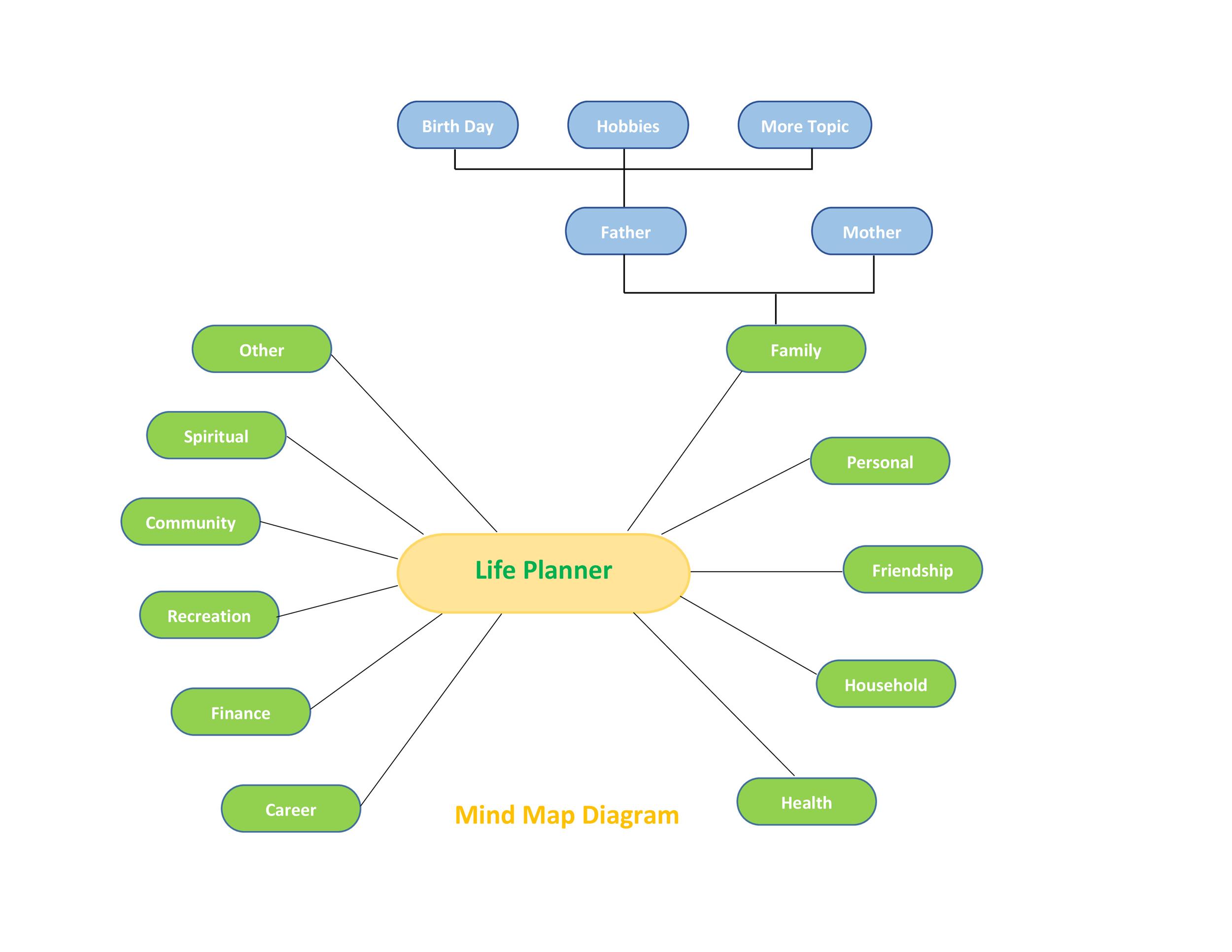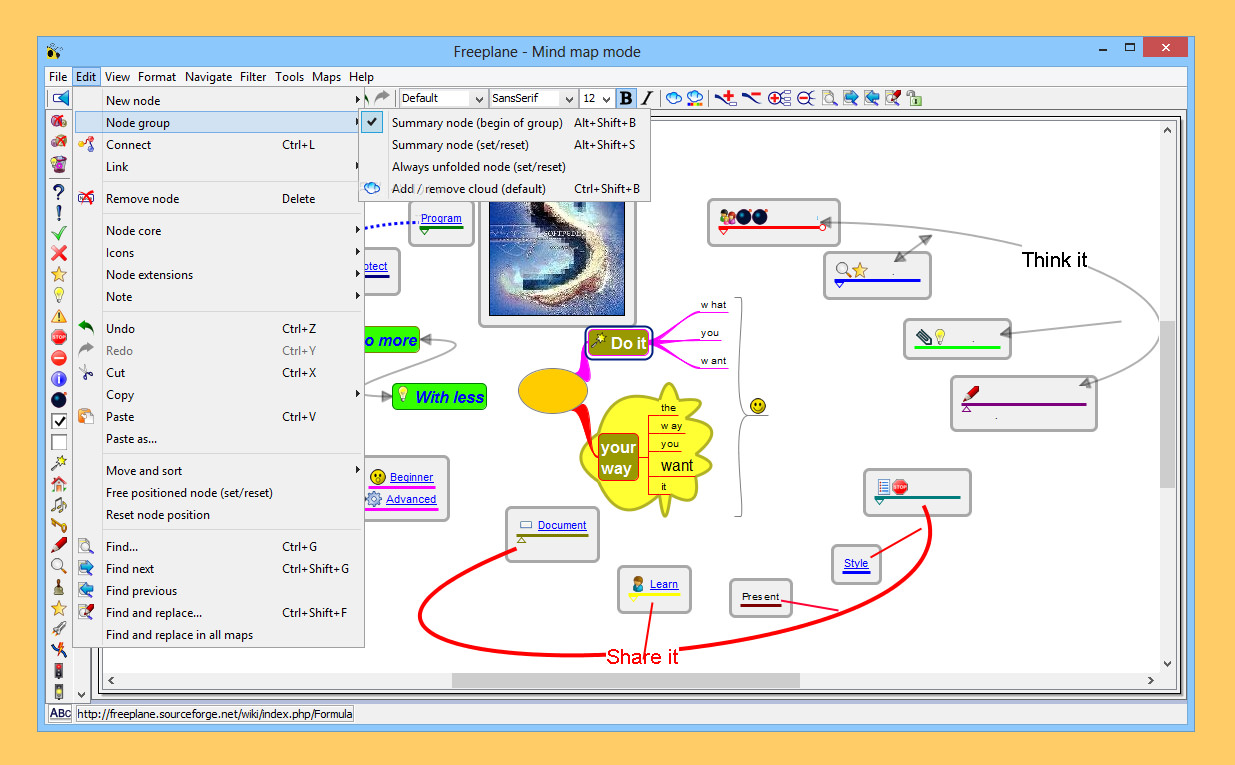


You can create a mind map with just pen and paper, but mind map software like Zen Mind Map makes it so much easier to create mind maps with advantages like: infinite canvas, real-time collaboration, instant branching, etc. 日本語 Español Português Français عربى Tiếng Việt Our online mind mapping software tools also has Export and Publish features, which allow users to easily present and share their work. With a minimal and intuitive user interface, creating mindmaps or concept maps with our online free collaborative mind map maker and concept map maker is very easy and delightful.

Zen Mind Map is the simplest online free software to create mind maps and brainstorm, powered with real time collaboration. It may also be helpful to include a visual glossary for readers who aren't familiar with every term in your map. It's important to use plenty of images, visuals, and colors in order to keep viewers engaged. Using a color system, you can connect these branches to make it easier to find specific thoughts. The branches on the outside represent key words, ideas, and related thoughts. The center of the mind map is usually a phrase or word that represents the topic in the map. Every node may also contain icons, external links, or images. Each node can have a Sibling Topic or a Subtopic. In turn, each branch connects the Central Node with Subtopics. Stemming from the central node are branches (just like the branches of a tree!). Each mind map has one Central Node (also known as Central Topic, Central Concept, Main Idea, Main Topic). Mind maps have a structure similar to a tree. Tony, a British psychologist, and his brother Barry developed what they called "Buzan mind maps." This term was created from two words, "mind" and "map." The idea behind this is that a person can outline their thoughts on paper by writing them down in simple sentences. The first use of the term mind map was in the 1970s. It's not clear who the original inventor of mind map is, but the modern concept of mind maps as we know it was coined by Tony Buzan. To learn more about mind maps, read our Comprehensive Guide to Mind Map. Mind maps also improve retention because the brain associates visuals with corresponding information. They can help you organize your thoughts and illustrate the relationships between ideas. There are many benefits to using mind maps as a study aid. For capturing one’s thoughts quickly, a mind map may be the best solution. Because of its graphic representation and typically succinct form, mind maps help viewers access information in a quick and clear way. Mind mapping can help organize one’s thoughts, breakdown a complex subject, or create a plan. Mind map (or concept maps, brain mapping, thinking maps) is a type of diagram used to visually organize and present information.


 0 kommentar(er)
0 kommentar(er)
